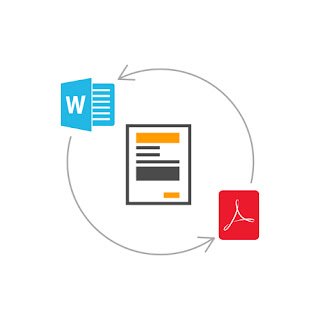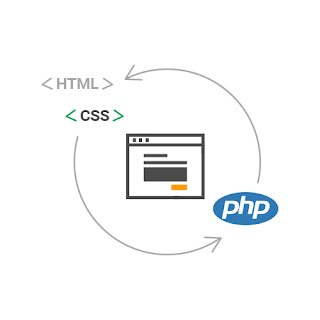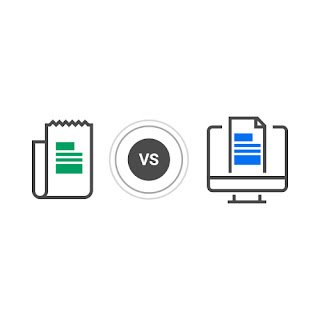A form is a structured document with a fixed arrangement. Forms are used to collect required information in a logical, meaningful fashion for communication and pass to another entity. When you picture what a form is, you can conjure many different types of documents. A purchase order, a survey, a service request, or a tax return might come to mind.
But there are many types of forms which we don’t immediately think of as such. When you write a check or cash a money order, cast a vote, agree to terms, or accept web cookies, you are also completing a form. A statement, such as a monthly bill, is a typed document that is fundamentally the output of a form. An application is also a form—it is a written expression of someone’s desire to participate in an event, organization, or program.
What is a form document?
Form documents are the backbone of the administrative process. For that reason, they have existed in some way throughout history. Forms compile the registration data of residents, customers, students, donors, or any group with a relationship to a business, government, school, or organization, and facilitate future retrieval.Forms that are well designed often go unnoticed. When forms are simple, understandable, and collect the required information, life goes on. When forms are poorly designed or allowed to get out of date, organizations often hastily append new forms rather than take the time to revise the original. Bureaucracy ensues!
There also are types of form documents that occupy the middle zone between printed documents and web forms. These forms are typically in PDF format but can sometimes be in Word (.doc) or other common formats. PDF form documents are an on-screen version of a printed form. They are often delivered electronically to the respondent (e.g. via web download or email). They may be printed, filled out, scanned into another PDF, and returned electronically.
What is a form in HTML or an HTML form?
When you see a form on a web page, the input boxes and options are displayed using the HTML programming language. What you might call a “question” or a “blank” on a printed form is known as a “placeholder” or “field” or “form input” on a web form. HTML looks the same on any web page until further programming is used to personalize the look. Cascading Style Sheets (CSS) offers endless possibilities for adjusting the colors, fonts, and sizes of form elements.What is a form for a database?
After using HTML and CSS to make a visually appealing web form, the information submitted in the placeholders needs to know where to go. For this reason, you will need a web server with an SQLdatabase and PHP programming knowledge to process the record from the web form and save it in your database.
Printed forms vs. web forms
It’s a digital world. Why are printed forms still around?
Easy to save for later
Some forms aren’t meant to be completed immediately. A printed document is easy to take and complete at a later time without having to locate the same website or program again.
Readable as long as the paper lasts
As long as paper files are preserved, there are no issues with being able to read the data many years later. Today’s librarians and historians struggle to read work communication stored on floppy disks from the 1980s and 1990s. Although Excel and other data mechanisms we use today are designed for portability, it is not impossible that they will become difficult to parse at some time in the future.
Authenticity
Although digital signatures are gaining wider acceptance, there are contracts (such as marriage), affidavits, and other solemn occasions wherein a handwritten signature is the only way to go.
No internet connection required
Paper forms can be completed and read anywhere offline. But filling them can take longer than using an online form.
Most of the time, these advantages do not outweigh the speed and organization gained by replacing print with web forms. When required information can be collected online via a web form, everybody wins. The earth wins through reduced use of paper. Communication is instant, and data entry needs are vastly reduced after the submissions come in. On the web, it makes no difference what kind of computer is used and no special software applications are needed to display and use a form. In fact, in today’s mobile-dependent world, web forms have evolved to work on mobile devices and are responsive (adaptable) to most screen resolutions.
Web forms check themselves for completeness
Web forms can check themselves to make sure the most important fields are not left blank, and that the right type of information is entered. jQuery, or just straight JavaScript, can help validate the information that is typed in each placeholder.
Submission confirmation
Web forms improve customer service. Whereas with paper forms there is little proof that the form was received, web forms have confirmation emails that acknowledge every submission.
Automatic storage and analysis of submitted data
With the right configuration, web forms can be immediately stored in a database. Unlike printed documents, no human needs to be involved in processing the forms one by one.





Hi! I am a robot. I just upvoted you! I found similar content that readers might be interested in:
https://www.123formbuilder.com/blog/2018/04/what-is-a-form/